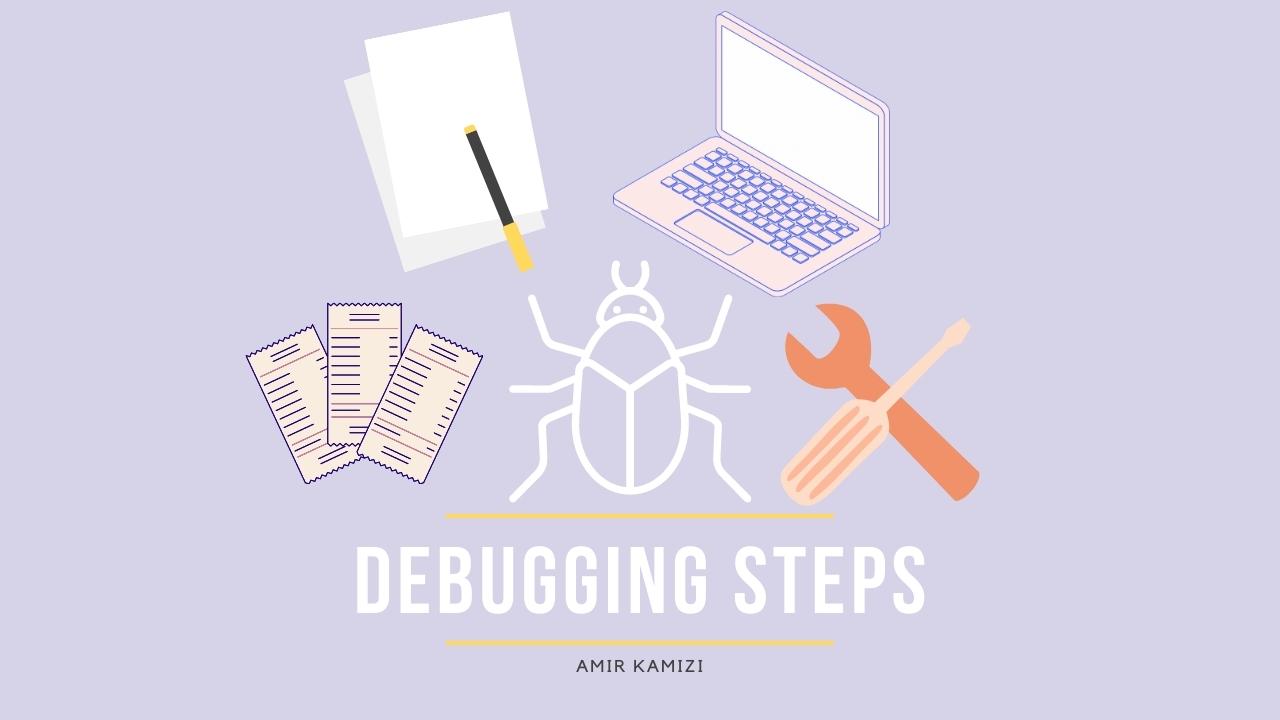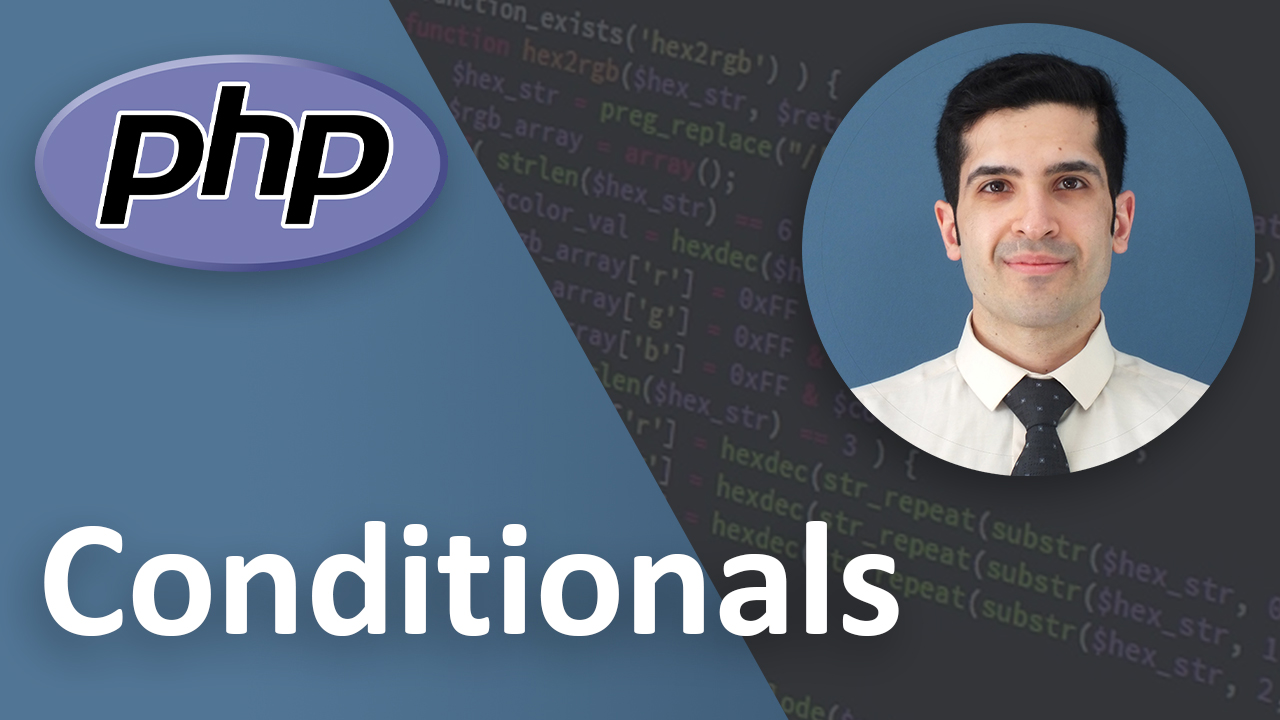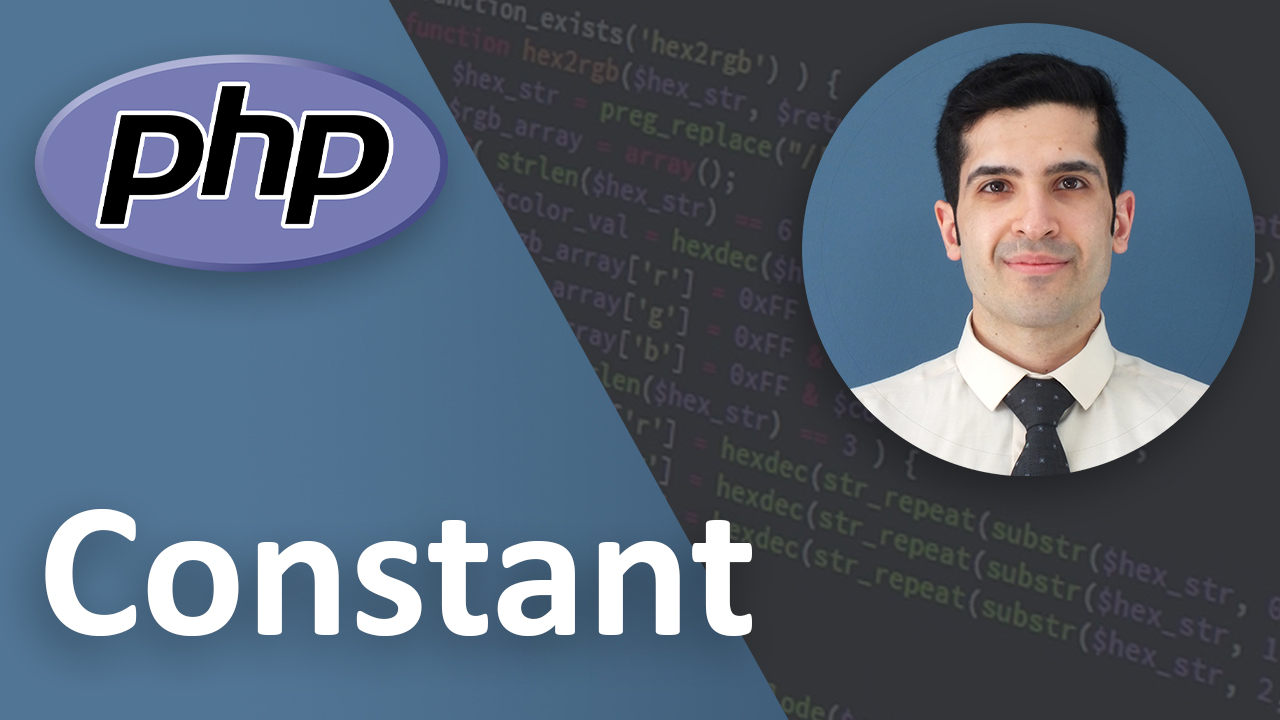A Programmer's Guide to Debugging: Essential Steps to Follow
Last Updated on Mar 23, 2024
Introduction
Debugging is a crucial skill for any programmer, as it helps identify and fix issues in the code. Effective debugging not only improves the overall quality of your software but can also save you time and frustration. In this blog post, we'll discuss the essential steps to follow when debugging your code, making the process more efficient and successful.
Reproduce the Error
The first step in debugging is to reproduce the error. By understanding how to recreate the problem, you'll be better equipped to identify the root cause and develop a solution. If you can't reproduce the error, it will be much more challenging to solve the problem.
Understand the Code
Before diving into debugging, it's vital to have a thorough understanding of the code you're working with. If you don't know what the code is doing, it will be nearly impossible to identify and fix the issues. Take the time to review and familiarize yourself with the code in question, making sure you comprehend its purpose and functionality.
Break Down the Issue into Smaller Steps
When tackling a complex problem, it can be helpful to break it down into smaller steps. By examining each part of the code individually, you can more easily identify where the issue originates. This step-by-step approach can make the debugging process more manageable and efficient.
Check Your Assumptions
As you work through the debugging process, it's essential to question your assumptions. For example, if you're debugging a function that requires an argument called "age," double-check that the value is correct and valid. By consistently verifying your assumptions, you can uncover potential issues and prevent further problems.
Fix the Error
Once you've identified the root cause of the problem, it's time to fix the error. With a solid understanding of the code and the issue at hand, you'll be better equipped to develop a solution and resolve the problem.
Test Your Solution
After fixing the error, it's important to test your solution to ensure that it works as intended and that no new issues have been introduced. Thorough testing can help you catch any lingering problems and give you confidence in the stability of your code.
Document Your Findings
Lastly, it's essential to document the issue, how you reproduced it, and how you fixed it. This step is often overlooked, but it can be invaluable for future reference, especially if similar issues arise. Proper documentation can save you time and effort in the long run, making your debugging process more efficient.
Conclusion
Debugging is an essential skill for any programmer, and following these steps can make the process more efficient and successful. By reproducing the error, understanding the code, breaking down the issue, checking your assumptions, fixing the error, testing your solution, and documenting your findings, you'll be better prepared to tackle any coding challenges that come your way. Remember that effective debugging is crucial for creating high-quality, reliable software.
Key Takeaways
- Replicate the issue consistently to understand the circumstances causing the error.
- Use logging and breakpoints to gather information about the program's execution.
- Isolate the problematic component or function through a process of elimination.
- Analyze the data collected, looking for patterns or anomalies that could lead to the issue.
- Develop and test hypotheses to identify the root cause of the problem.
- Apply a fix to the code and verify that it resolves the issue without causing side effects.
- Document the issue, its cause, and the solution to aid in future debugging efforts.






